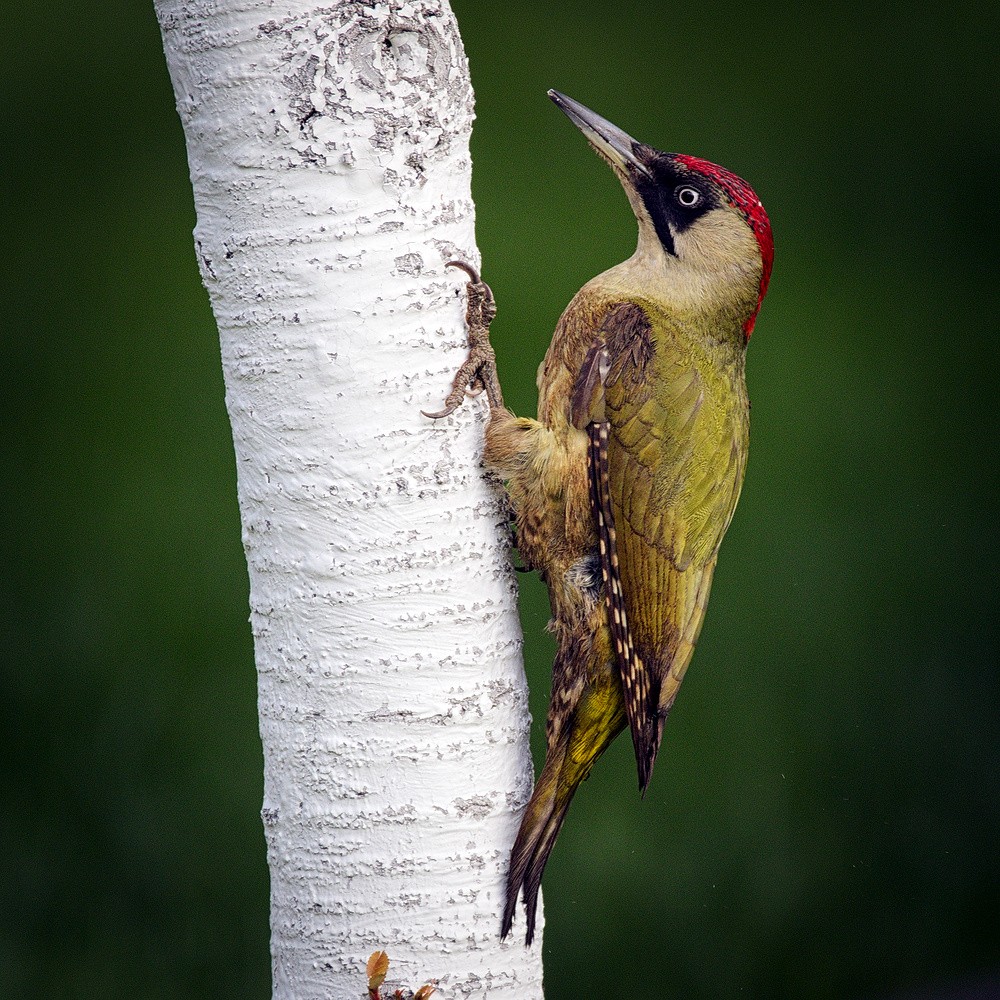European Green Woodpecker
A species of Eurasian Green Woodpeckers and Allies, Also known as Green Woodpecker Scientific name : Picus viridis Genus : Eurasian Green Woodpeckers and Allies
European Green Woodpecker, A species of Eurasian Green Woodpeckers and Allies
Also known as:
Green Woodpecker
Botanical name: Picus viridis
Genus: Eurasian Green Woodpeckers and Allies
Content
Description People often ask General Info
 Photo By hedera.baltica , used under CC-BY-SA-2.0 /Cropped and compressed from original
Photo By hedera.baltica , used under CC-BY-SA-2.0 /Cropped and compressed from original Description
The european Green Woodpecker is a fairly large, unmistakable and fascinating woodpecker that can be found in numerous semi-open habitats. Unlike most woodpeckers, it frequently forages the ground in search of insects, mostly feasting on ants. This solitary and somewhat antisocial bird hides very well, but it can often be heard. Its distinct call is usually called ‘yaffle.’
Size
30 - 36 cm
Life Expectancy
5-10 years
Nest Placement
Cavity
Feeding Habits
European Green Woodpecker primarily consumes ants, particularly from Lasius and Formica genera, foraging on the ground and using its tongue to probe nests and consume larvae and adults. Occasional diet includes other insects and small reptiles, noted for its distinctive droppings of ant remains.
Habitat
European Green Woodpecker's habitat spans semi-open landscapes in mature deciduous forests, forest edges, and floodplain forests. Favoring areas with a mix of old trees and open spaces, european Green Woodpecker resides in grasslands, heaths, parks, and gardens, thriving in regions abundant with ants. Their habitat extends from coastal to subalpine zones, up to 3000 meters elevation.
Dite type
Insectivorous
People often ask
General Info
Feeding Habits
Bird food type
Distribution Area
More than 75% of the range of the European green woodpecker is in Europe, where it is absent from some northern and eastern parts and from Ireland, Greenland and the Macaronesian Islands, but otherwise distributed widely. Over half of the European population is thought to be in France and Germany, with substantial numbers also in United Kingdom, Sweden, Russia, Croatia, Romania and Bulgaria. It also occurs in western Asia. 